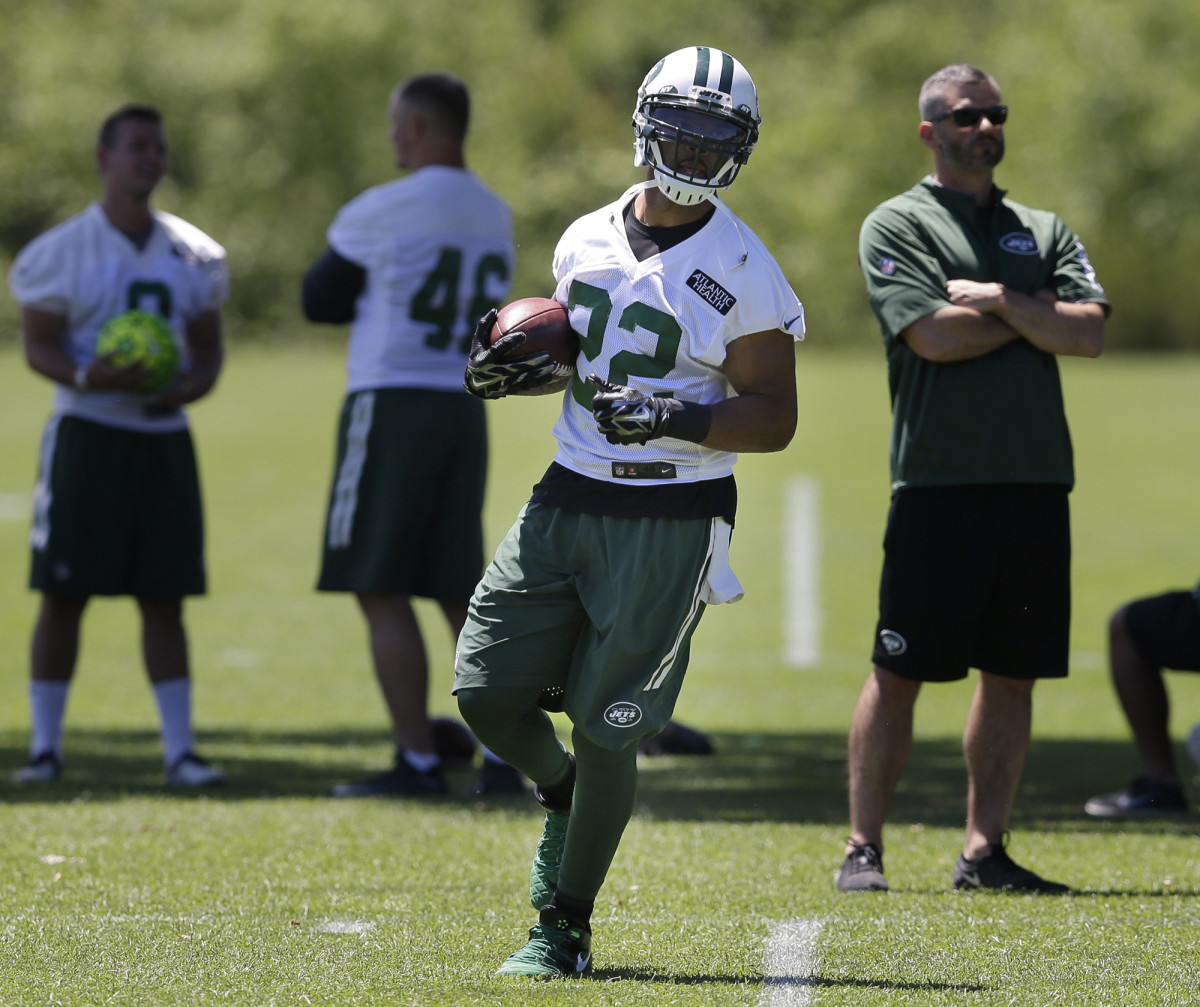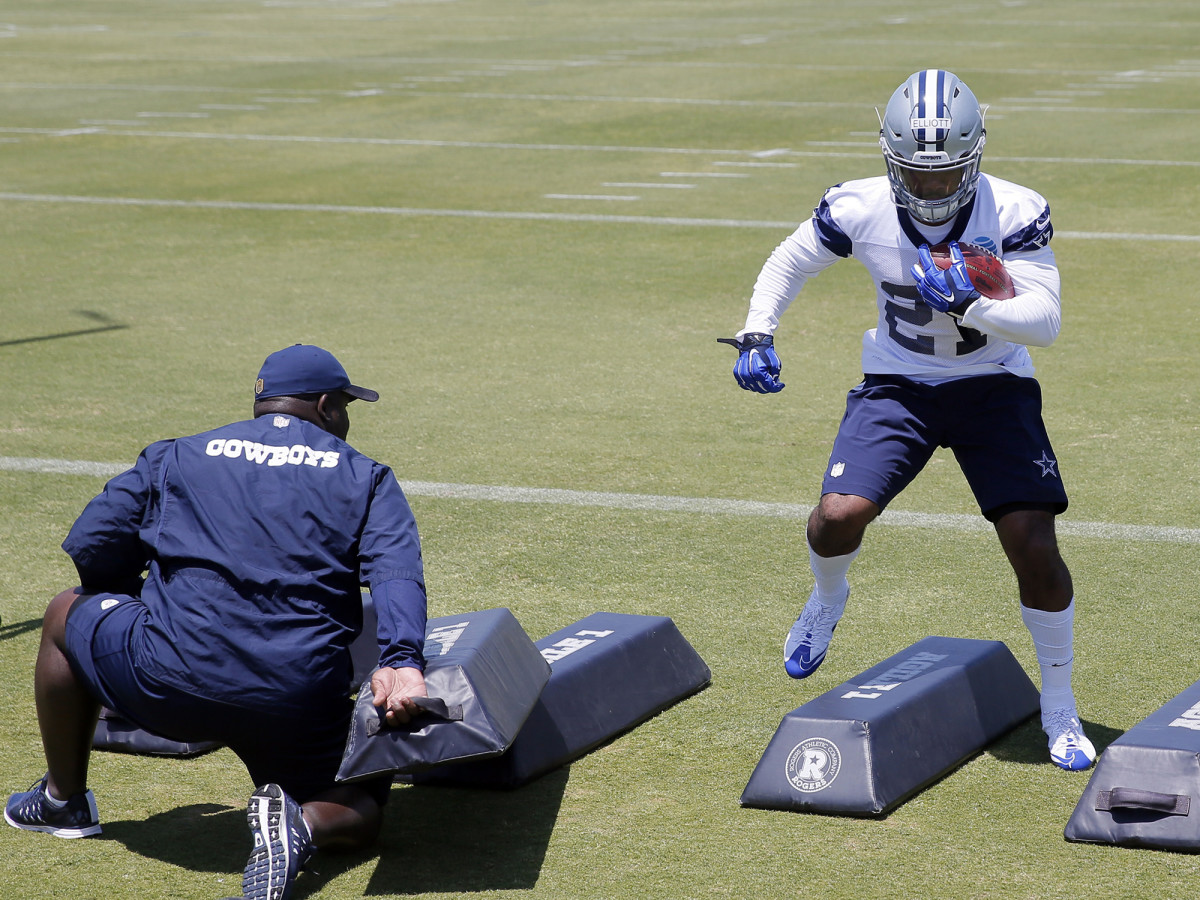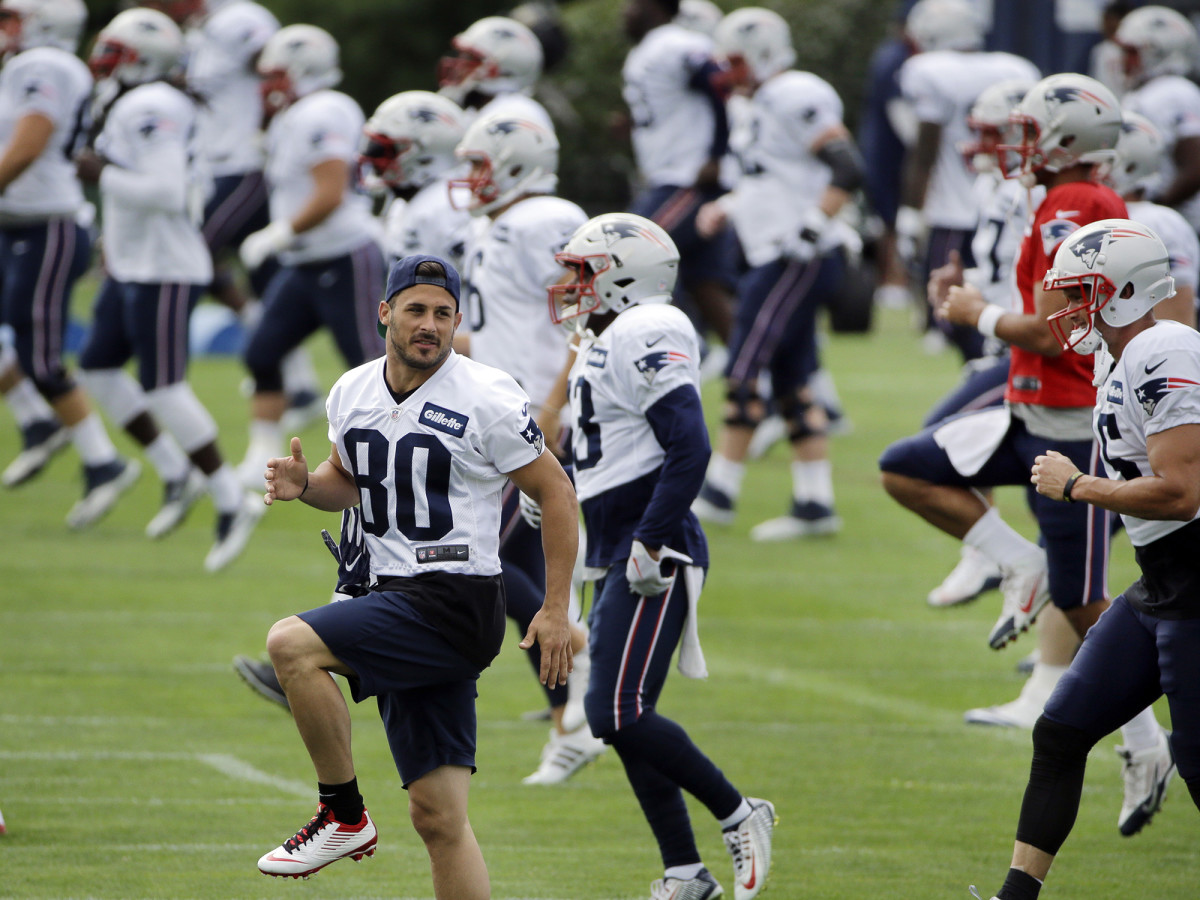Why hamstring injuries are so common in NFL players, during preseason training

For those that spend Sundays watching NFL football, injuries seem a virtual certainty, part of the price that comes with playing a sport defined by collisions. While that’s largely true—football holds the distinction of being the sport with the highest rate of injury—less than 30% of the knee or leg injuries are created by highlight-reel hits and collisions. This means that in the ultimate contact sport, injuries often result from the athletic moves common to other sports—quick cuts, accelerations and full-speed sprints.
And no injury may be more indicative of the significance of non-contact injuries than a strain or “pull” of one of the three hamstring muscles in the back of the thigh.
Though some may consider it a benign injury when compared to the more graphic head and knee injuries in football, hamstring strains keep many of the NFL’s biggest names on the sideline. In fact, Ezekiel Elliott, Vincent Jackson, Alshon Jeffery and Matt Forte are just a few of the NFL players to be laid low by hamstring injuries in the early preseason.

“A number of NFL coaches don’t take muscle injuries seriously,” says Dr. Marcus Elliott, director of P3 Applied Sports Science and former physiologist and muscle injury specialist to the New England Patriots. It’s Elliott’s belief that this is one of the underlying factors in why the injury continues to plague NFL teams.
The reason for many of those non-contact hamstring injuries may actually lie in the oft-ignored offseason and preseason. Preseason games don’t count but the injuries sustained during that time do—what happens in the preseason definitely doesn’t stay in the preseason. Hamstring problems that occur during training camp—and Elliott’s 10-year analysis of NFL hamstring injuries indicates that over 50% of hamstring injuries are during the preseason—often recur or lead to other injuries during the regular season.
Part of the problem may be that, despite complaints that the NFL preseason is too long, preparation for the season may be inadequate.
J.J. Watt draws simple, hard-work mentality from his long-time trainer
“Training in professional sports is often on the soft side, since strength and conditioning professionals don’t want athletes to get injured during intensive training,” Elliott says. “But the rigors of football are so high that if training camp doesn’t prepare athletes for high force, high stress movements, then players will be vulnerable to injury.”
It’s something that Elliott terms defensive medicine, a scenario in which teams fall short of the mark in fear that the kind of intense conditioning needed to prepare players for the stresses of football will injure players.
“When a player gets injured in a game, that’s seen as bad luck, but if a player gets hurt in a strength and conditioning setting that someone’s job,” Elliott says.
Dr. Tim Hewett, director of biomechanics at the Mayo Clinic and a long time advisor to Ohio State football, speculates that while NFL players are at the top 1% of skill and athleticism, small deficits in critical areas can lead to injury.

“The act of repeatedly practicing a sport creates asymmetry,” says Hewett. “With the amount of time professional athletes have spent focusing on their skill, I see as much asymmetry in them as I do anywhere else.”
Hewett maintains that the NFL can learn from research in other sports, like soccer or rugby. “There is the belief among many in the NFL that their sports is different, but since most of the injuries in football are non-contact, sports medicine and injury research from other team sports can be applied to football.”
From a team perspective, understanding how the intensity and length of the offseason and preseason preparatory times is critical for injury prevention. The paradox of the preseason is that longer and harder preseasons, provided that they progressively ramp up to full intensity, may actually result in a lower number of injuries during the season. Many of the injuries that are experienced during the preseason can be blamed on a relative lack of conditioning and strength.
“While you may not see as many injuries initially with a less physically strenuous training camp, a hamstring or soft tissue injury will rear its head at some point during the long season if the player is not conditioned properly,” says Sam Bell, athletic trainer and physical therapist for the Baltimore Ravens.
Training with Victor Cruz: The Giants' WR wants to prove you wrong
Elliott indicates that many teams have a lot of room to improve injury prevention, especially for hamstring injuries.
“If teams implement reasonably smart hamstring injury prevention programs, these injuries can largely be prevented,” he says. “It’s important to realize that injuries aren’t simply bad luck—you can affect these things and prevent injury.”
In 1999 and 2000, hired by the New England Patriots because the owner of the team was tired of seeing his players go down with hamstring injuries, Elliott implemented a program aimed at applying then current injury research to hamstring injuries in the NFL. What resulted was a program so effective the Patriots considered it a competitive advantage over the rest of the league.
But Elliott, a Harvard trained physician and sports scientist, stresses the content of the program wasn’t the part that was revolutionary. The Patriots, instead of simply treating hamstring injuries when they occurred, actually tried to prevent the problem.

Initially intended as a research project, Elliott and the Patriots’ sports medicine staff began the program by individually assessing the team at the end of the season to identify potential weaknesses and imbalances. These factors included hamstring muscle strength, muscle coordination, pelvic alignment while sprinting, and running technique. Players were then given a position-specific program that corrected any observed deficiencies, even addressing sprinting technique. The results were significant: prior to implementing the program, the Patriots had 22 players suffer hamstring injuries, but after the program was implemented that number dropped to three and then two the following season.
Although the science supporting prevention programs is well established—results often show huge reductions in the risk of muscle and knee injuries—health professionals like Elliott and Hewett have had difficulty convincing NFL teams that spending time on addressing the risk factors that predispose athletes to injury is worthwhile.
Innovation in hydration: How to prevent and identify dehydration during exercise
Hewett hypothesizes that part of that problem may be time as the NFL’s Collective Bargaining Agreement limits the amount of offseason time that players can spend with team trainers, physical therapists and strength coaches. “Less time with the professionals that keep them healthy likely means more injury,” say Hewett.
Preventing hamstring injuries may be easier than the NFL injury report would indicate. It all comes down to implementing injury prevention programs that may be seen as too expensive or too time-intensive in a sport where resources aren’t always directed towards prevention.
“Hamstring injuries are the low-lying fruit of sports medicine,” says Elliot. “Preventing them doesn’t require high-tech programs.”
